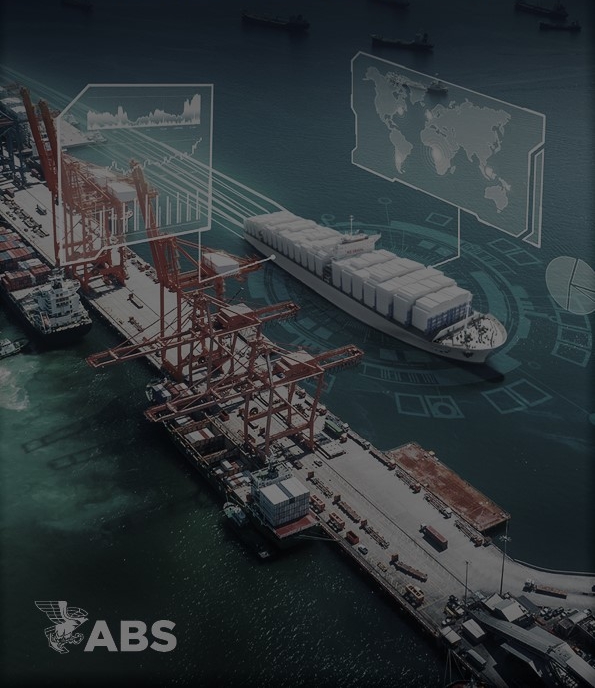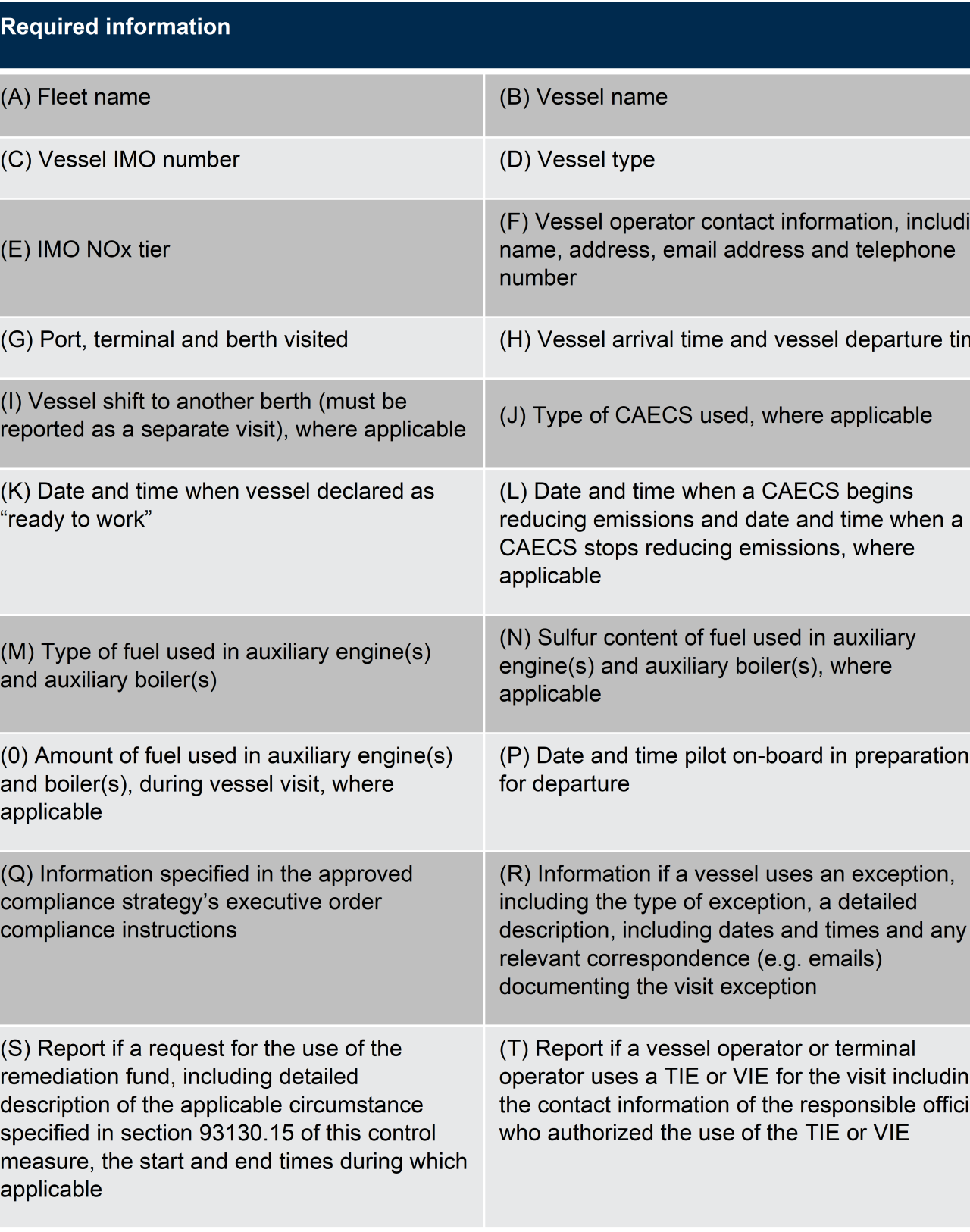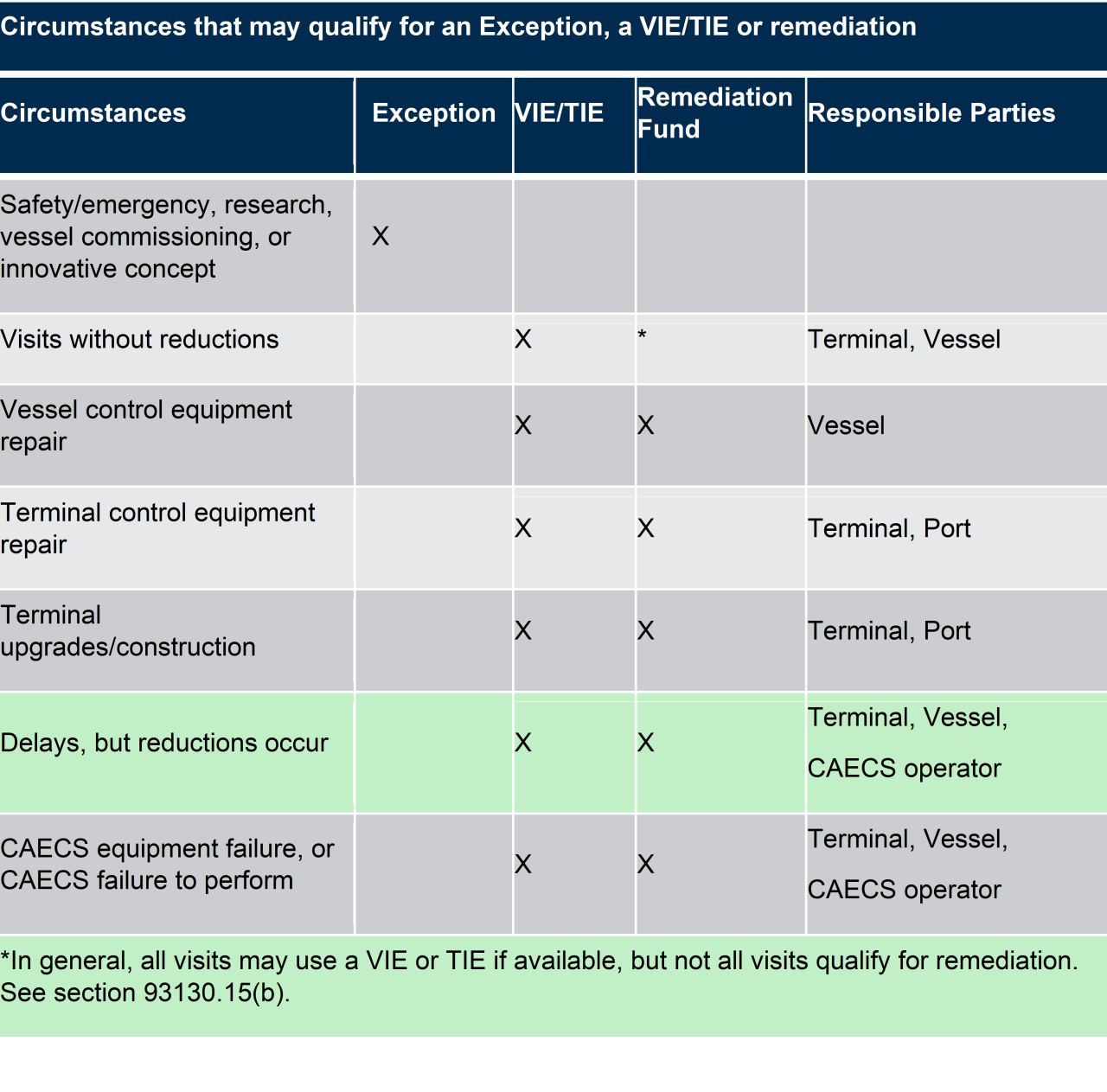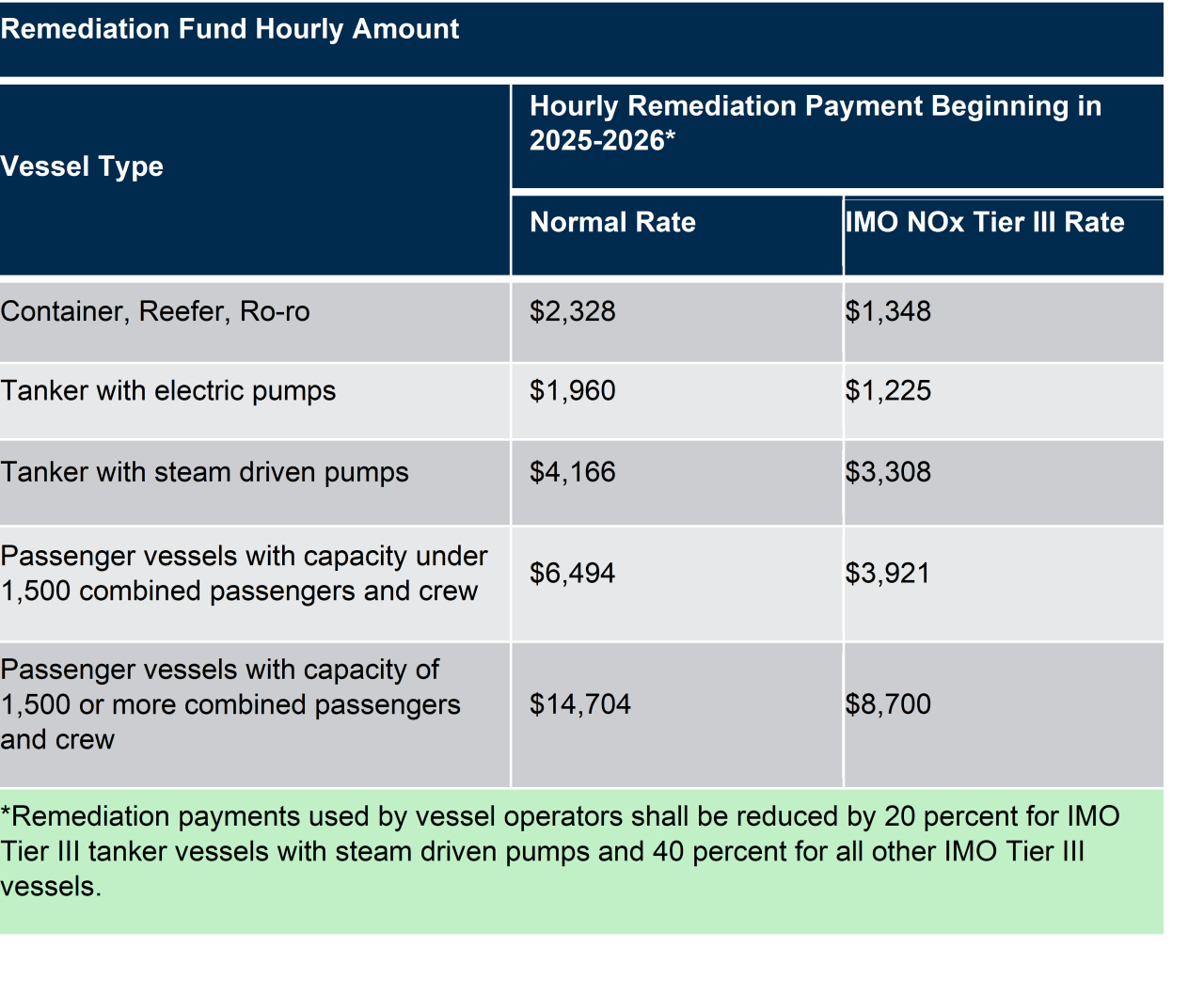Vessel Visit Exceptions
Vessel visit exceptions allow vessel operators an exemption from the operational requirements of using a CAECS if any of the following occurs:
a. A “safety and emergency event”: This is an event where a responsible official reasonably determines that compliance with a control measure would endanger the safety of the vessel, crew, cargo, passengers, terminal, or terminal staff because of severe weather conditions, a utility event, or other extraordinary reasons beyond the control of the terminal operator or vessel operator.
b. A Vessel Incident Event (VIE): VIEs are exceptions provided to fleets which allow for a limited number of incidents where a vessel operator does not reduce emissions as required during a vessel visit.
The At Berth regulation defines fleet as a group of vessels of the same vessel type at a single port or marine terminal that have agreed to utilize their combined VIEs and are registered with CARB by a person who is designated as that fleet’s representative. A vessel fleet will receive 5 % of their annual visits as “VIEs” for the next calendar year.
Fleet operators that have not previously participated in California recordkeeping requirements, may request VIEs by December, 1 of the preceding year by providing an estimate of fleet visits. Similarly, if a fleet anticipates additional visits in an upcoming year, an estimated number of visits may be provided to CARB when requesting the fleets VIEs. However, if more VIEs are used than warranted by the number of actual visits, those visits will be violations of the regulation.
A fleet operator does not have to provide a list of vessels registered in their fleet; rather, each vessel should report the fleet that it belongs to for each visit. Additionally, if a VIE is used for a visit, the fleet operator must confirm to CARB that the VIE is approved for use for that visit.
c. A Terminal Incident Event (TIE): TIEs are similar to VIEs but provided to terminals.
d. Vessel commissioning: The first vessel commissioning visit made by a vessel to a terminal may be an exception as long as the vessel was able to successfully connect to shore power during that visit. Documentation of a successful vessel commissioning must be submitted with the vessel visit reporting requirements and may qualify for exception if approved by CARB where the vessel operator demonstrates:
1. The commissioning process could not be accomplished in a single visit.
2. The terminal requires that the vessel be recommissioned.
3. Upon successful completion of commissioning, the CAECS provider will issue documentation that the vessel completed commissioning for that berth at the terminal.
e. Research: Vessel visits that participate in research may be an exception provided that the vessel operator:
1. Receives a CARB approved test plan for the research prior to the vessel’s arrival.
2. Participates in testing in accordance with the approved test plan.
3. Keeps a copy of the approved test plan on the vessel at all times.
4. Provides a copy of the approved test plan to CARB staff upon request.
5. Reports all information including the use of the research exception pursuant to section 93130.7(e)(4).
f. Remediation: Requirements of the 2020 Regulation do not apply during the portion of a visit that qualifies and uses the remediation fund option. More information on the remediation fund is provided in (add link to) Tab 6 Remediation & Enforcement
g. Innovative concept: The at berth emission reduction requirements of section 93130.7 and section 93130.9 do not apply during a visit where the vessel or terminal operator elects to comply using an approved innovative concept. Innovative concepts are a CARB approved strategy to reduce air pollution emissions from sources at or near a regulated port or marine terminal that can be used to achieve emission reductions for compliance with the 2020 Regulation.
For information on CARB approved Innovative Concepts see (add link to) Tab 3 Terminal and Port Plans
The table below identifies several situations that rnay be eligible for each compliance pathway and who is likely to be identified as responsible party in the event of non-compliance.







































